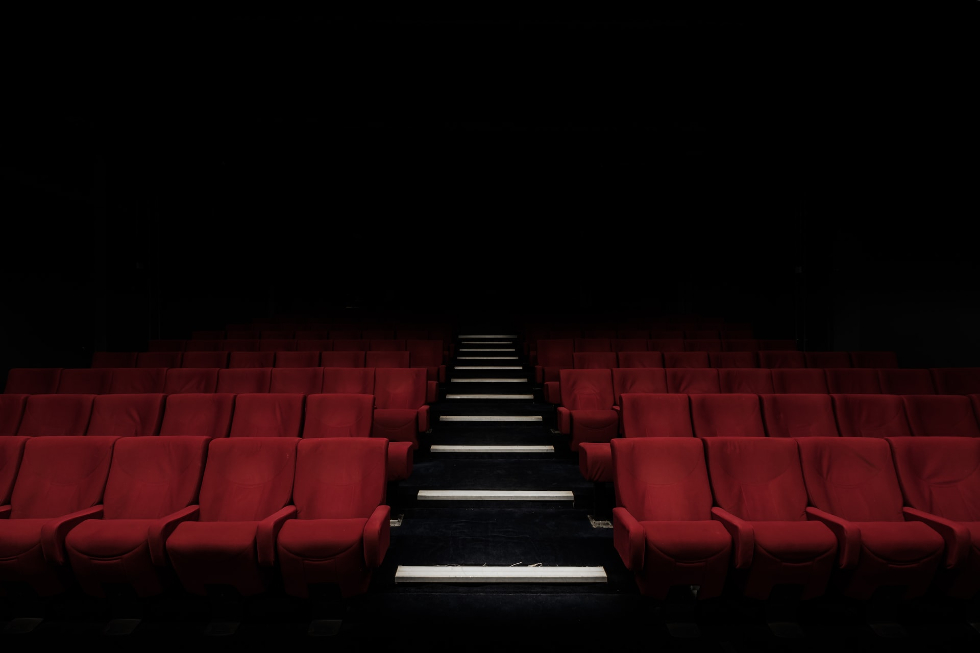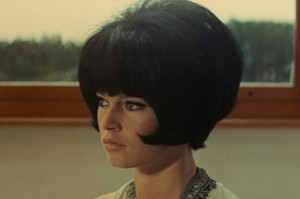“The last few months have emphasised what we’ve been missing” – Cinema after Lockdown

Cinemas in England opened more than a month ago and lockdown continues to ease. But, asks Mike Pinnington, can the silver screen reclaim the droves of audiences lost to over-performing streaming services?
During lockdown, viewing habits – what we watch and how – changed significantly, with digital and streaming platforms including the likes of Netflix, Mubi, BFI Player, and recent arrival Disney+ experiencing a surge in audiences. This was confirmed last week with the publication of Ofcom’s third annual Media Nations report, which reviews key trends in TV and online video. Unsurprisingly, it found that viewing figures for streaming services had increased by a massive 71% on 2019. Anecdotally, too, we’ve watched a larger spread of film – from classics such as A Matter of Life and Death, to new releases like Spike Lee’s Da 5 Bloods, which debuted on Netflix in June.
This rosy picture is in stark contrast to that experienced by cinemas. In the same period, a succession of big summer releases like Christopher Nolan’s Tenet, James Bond: No Time to Die and Top Gun: Maverick have variously been pushed back. On top of that, when it was declared that cinemas in England could reopen on 4 July, the news was met with trepidation, leading to a somewhat muted response from audiences. The inevitable question arose: Had lockdown precipitated a permanent shift in how we consume film? Doom-mongering aside it is, of course, far too early to say. But with restrictions on movement now largely easing, time spent in front of screens at home will surely – not to say significantly – dip from the incredible daily peak of six hours and 25 minutes during lockdown.
That doesn’t necessarily mean people will suddenly flock back to the multiplex, but, whatever new normal we emerge into, the circumstances of the last few months have served to emphasise what we’ve been missing. Don’t forget, either, that cinema’s survival has hung in the balance many times before; it has been a regular story. Eerily echoing current events, a century ago, the Spanish Flu forced the closure of cinemas around the world and, from the 1950s, TV’s arrival meant that free entertainment was beamed directly into people’s homes. More recently still, with the advent of cable, Satellite, and now a multitude of streaming platforms, our viewing options have never been broader. And, yet, cinema abides, retaining a special place in our hearts and minds – at the beginning of 2020, for example, audiences were up 19% on the same period last year.
So, as we begin to find our feet, so too will we want, once again, to experience shared activity. Since April, for instance, like many others we held a regular film club, taking to Twitter to discuss what we’d been watching each fortnight. And while it’s been great to have this regular appointment with film, not surprisingly, it couldn’t possibly match the in real life immediacy of watching and discussing a film you just saw on the big screen with friends. As such we’ve pondered a return to the cinema since reopening began.

This week, after several false starts, we took the plunge. Scanning available screenings in Liverpool, though, it’s fair to say choice was limited – largely a mixture of older films (Back to the Future, Spirited Away, Jurassic Park) and late 2019/early 2020 releases such as Parasite and The Invisible Man. What we saw though (for what it’s worth, 1989’s Bill & Ted’s Excellent Adventure) was secondary to making a first trip to the cinema since February; and how safe we felt once there. On arrival, there were no queues (in any case, we’d pre-booked our tickets online). Most franchises and concessions stood empty, but popcorn, drinks and other snacks were still available. It almost goes without saying at this point – a sign of our changing expectations? – but hand sanitiser points were available throughout.
In the screening, our small group swelled audience numbers by a third. In truth, I’d expected us to be the only ones there, and the total of nine wasn’t too dissimilar a number to what you could have reasonably anticipated on any given Tuesday for a film hardly deemed a classic of its (or any) era. Social distancing was well observed, and on-screen messaging emphasised special consideration for fellow audience members – be excellent to each other, as Bill & Ted would surely say. As part of this, we were also told that after the film had ended, we should wait for staff to come and inform us when we could leave.
An hour and a half or so later, as the closing credits rolled, we sat, dutifully awaiting the signal that we could indeed vacate our seats and depart. When no such indication materialised, we continued to sit, like well-behaved school kids. We looked at each other, considering our next move, until one of our number muttered something to their friend and bravely rose to their feet. The rest of us followed suit, shuffling out – surely, for people to follow such safety measures to the letter, venues must also do so. But this was the only quibble (and a relatively minor one at that) of an otherwise safe and well organised-feeling experience – one we plan on repeating next week.
Mike Pinnington
Main image by Felix Mooneeram on Unsplash





